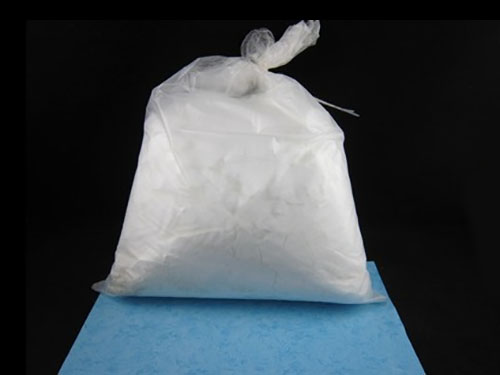Understanding Organic Fluorochemicals and Their Role in Modern Industry
2025-02-19
Organic fluorochemicals are a unique class of compounds that contain carbon-fluorine bonds, making them highly valued for their stability, performance, and versatility in various industrial applications. These chemicals are widely used in industries ranging from electronics and automotive to healthcare and food processing due to their distinctive properties such as high resistance to heat, chemicals, and environmental factors.

What Are Organic Fluorochemicals?
Organic fluorochemicals are compounds that feature carbon atoms bonded to fluorine atoms. These fluorinated compounds can be synthetic or naturally occurring, and they are primarily known for their exceptional chemical stability. The carbon-fluorine bond is one of the strongest in organic chemistry, making these chemicals incredibly durable and resistant to degradation in harsh environments.
Common Types of Organic Fluorochemicals
1. Fluoropolymers
- PTFE (Polytetrafluoroethylene): Commonly known as Teflon, PTFE is one of the most well-known fluoropolymers, widely used for non-stick coatings, gaskets, and bearings due to its low friction and high resistance to heat and chemicals.
- PVDF (Polyvinylidene Fluoride): A high-performance plastic often used in chemical processing, PVDF is highly resistant to corrosion and ultraviolet degradation.
2. Fluorinated Hydrocarbons
- These include gases like HFC-134a, commonly used as refrigerants in automotive and HVAC systems, replacing older, more harmful refrigerants like CFCs.
3. Fluorinated Surfactants
- These are surfactants that have the ability to lower the surface tension of water, used in applications ranging from oil recovery to food packaging.
4. Perfluorocarbons (PFCs)
- Used in medical devices, electronic cooling systems, and certain fire-fighting equipment, PFCs are important for their ability to dissolve large amounts of gases like oxygen and carbon dioxide.
Key Properties of Organic Fluorochemicals
1. Chemical and Heat Resistance
- Organic fluorochemicals are highly resistant to most acids, bases, and solvents, which makes them ideal for harsh industrial environments. Their stability allows them to maintain their properties at high temperatures, making them essential in electronics and aerospace.
2. Non-reactivity and Low Friction
- The carbon-fluorine bond is one of the most inert bonds in chemistry, which means organic fluorochemicals are extremely stable and unlikely to react with other substances. This makes them highly effective as lubricants, non-stick coatings, and protective layers in various applications.
3. Hydrophobic and Oleophobic Properties
- These chemicals are naturally water-repellent and oil-resistant, which is why they are commonly used in coatings for electronics, textiles, and food packaging.
Applications of Organic Fluorochemicals
1. Electronics and Electrical Insulation
- Organic fluorochemicals like PTFE are used as insulating materials for cables and wiring in electronics, protecting components from heat, moisture, and electrical damage.
2. Automotive and Aerospace
- Fluorochemicals are used in fuel systems, hydraulic fluids, and gaskets, providing high performance in extreme temperatures and pressure conditions.
3. Healthcare and Pharmaceuticals
- Fluorochemicals are found in certain medical devices, such as drug delivery systems and contrast agents for imaging, thanks to their ability to remain inert in the human body.
4. Food and Packaging Industry
- They are used in food packaging materials, where their water- and grease-resistant properties help improve shelf life and maintain food quality.
Conclusion
Organic fluorochemicals have proven indispensable in industries that require materials with superior chemical stability, resistance to extreme conditions, and long-lasting performance. From electronics to healthcare, these chemicals continue to play an essential role in the development of innovative technologies. Their unique properties ensure they will remain a cornerstone in high-performance applications for years to come.


